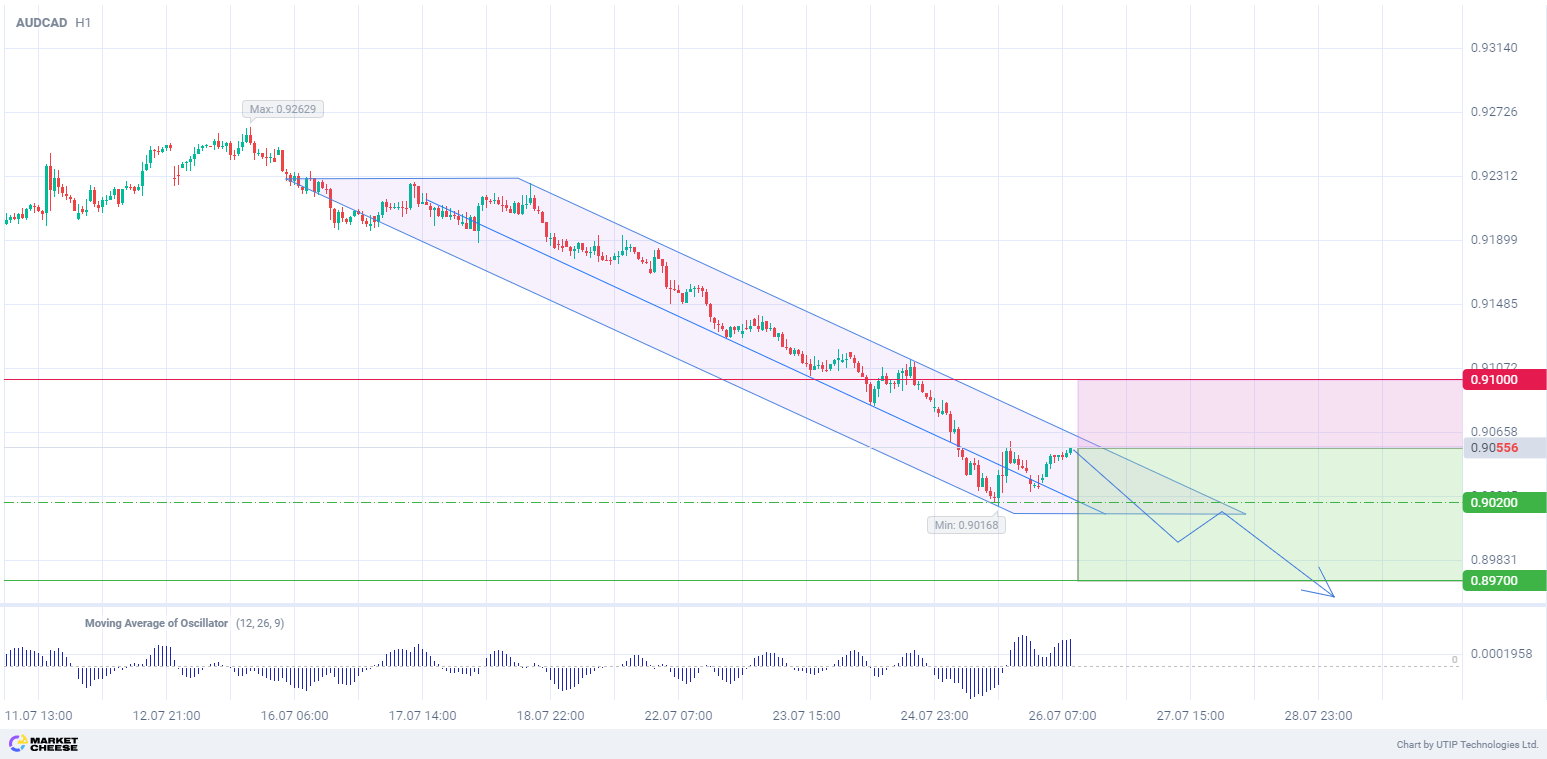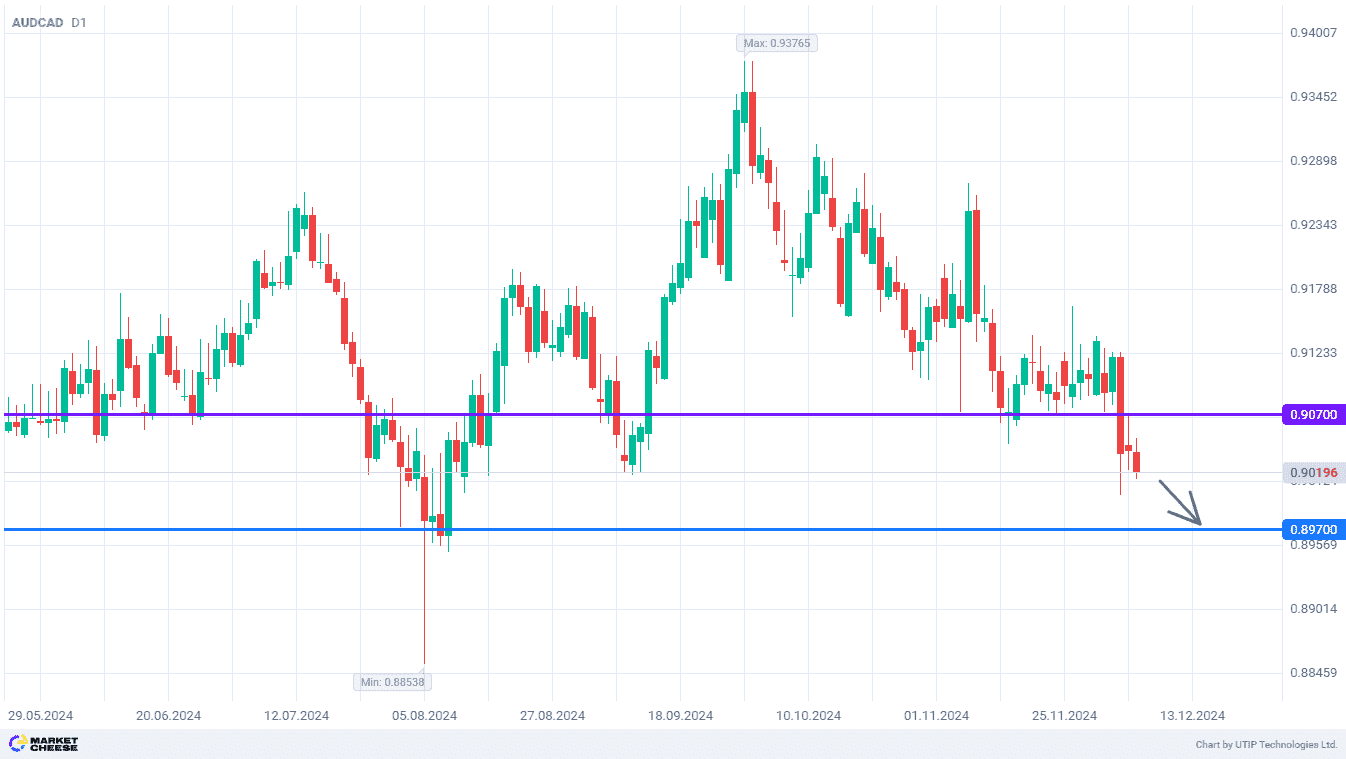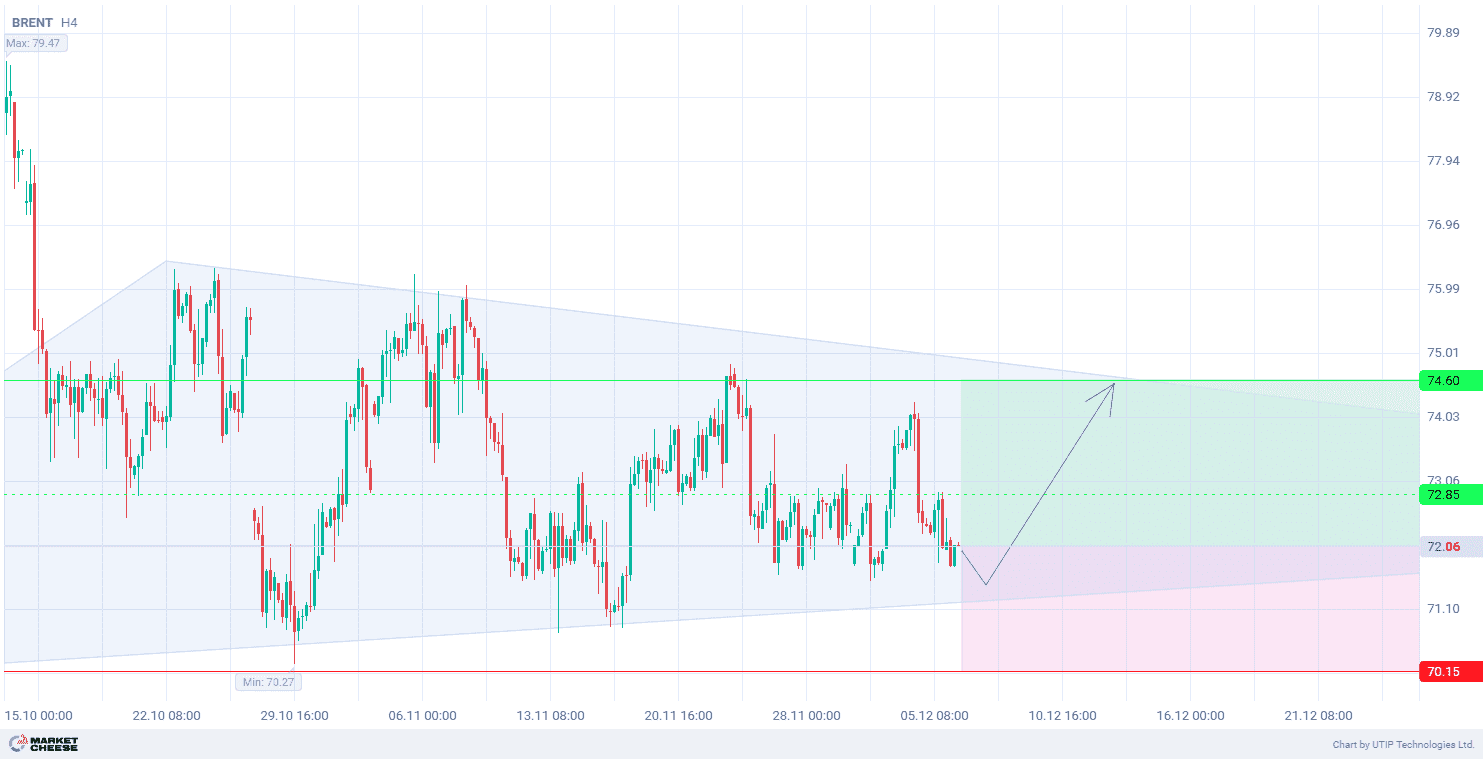On Friday, the AUDCAD currency pair recovered after a two-week series of losses. The pullback from the lowest levels of the month was supported by the unexpected reduction of key rates by the People’s Bank of China (PBoC). Changes in the Chinese economy affect the Australian markets, as both countries are close trading partners. The rate cut improves the outlook for the major metals’ consumer. This leads to higher prices for commodities such as coal and copper. As Australia is a net exporter of energy and metals, its currency notably reacts to changes in commodity prices.
Australia’s Judo Bank manufacturing PMI improved to 47.4 in July from 47.2 in June. Meanwhile, the services PMI dropped to 50.8 in July from 51.2 in June.
The Australian dollar also received support from the Reserve Bank of Australia’s (RBA) tough policy stance. The RBA is likely to postpone its monetary policy easing, unlike other major central banks, due to ongoing inflationary pressures and a tight labor market.
At the same time, the Bank of Canada is shifting its focus from fighting inflation to boosting the economy. This raises prospects of further interest rate cuts in the coming months. On Wednesday, the Canadian central bank cut its benchmark rate by 25 basis points to 4.50%. As the bank noted, downside risks to consumer prices are becoming more prominent in its discussions.
Technical characteristics of the AUDCAD currency pair show the formation of a downtrend on the H1 timeframe. The current trend may persist, as the Moving Average of Oscillator indicator amounts (with parameters 12, 26, 9) show convergence and decrease in values.
Short-term prospects for the AUDCAD currency pair price suggest selling, with the target at the level of 0.8970. Part of the profit should be taken near the level of 0.9020. A stop-loss could be placed at the level of 0.9100.
Since the bearish trend is short-term, the trading volume should not exceed 2% of your total balance to reduce risks.










